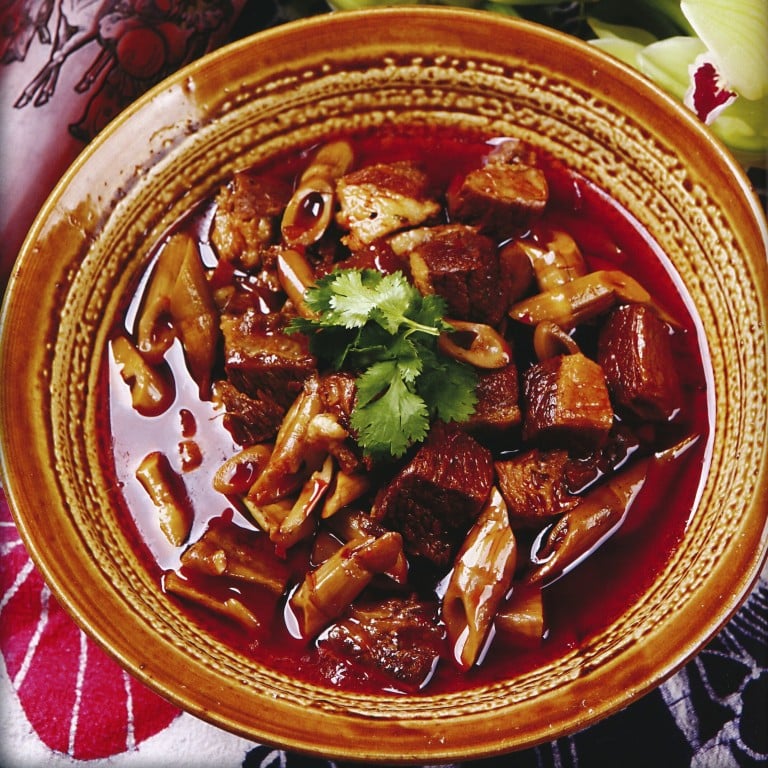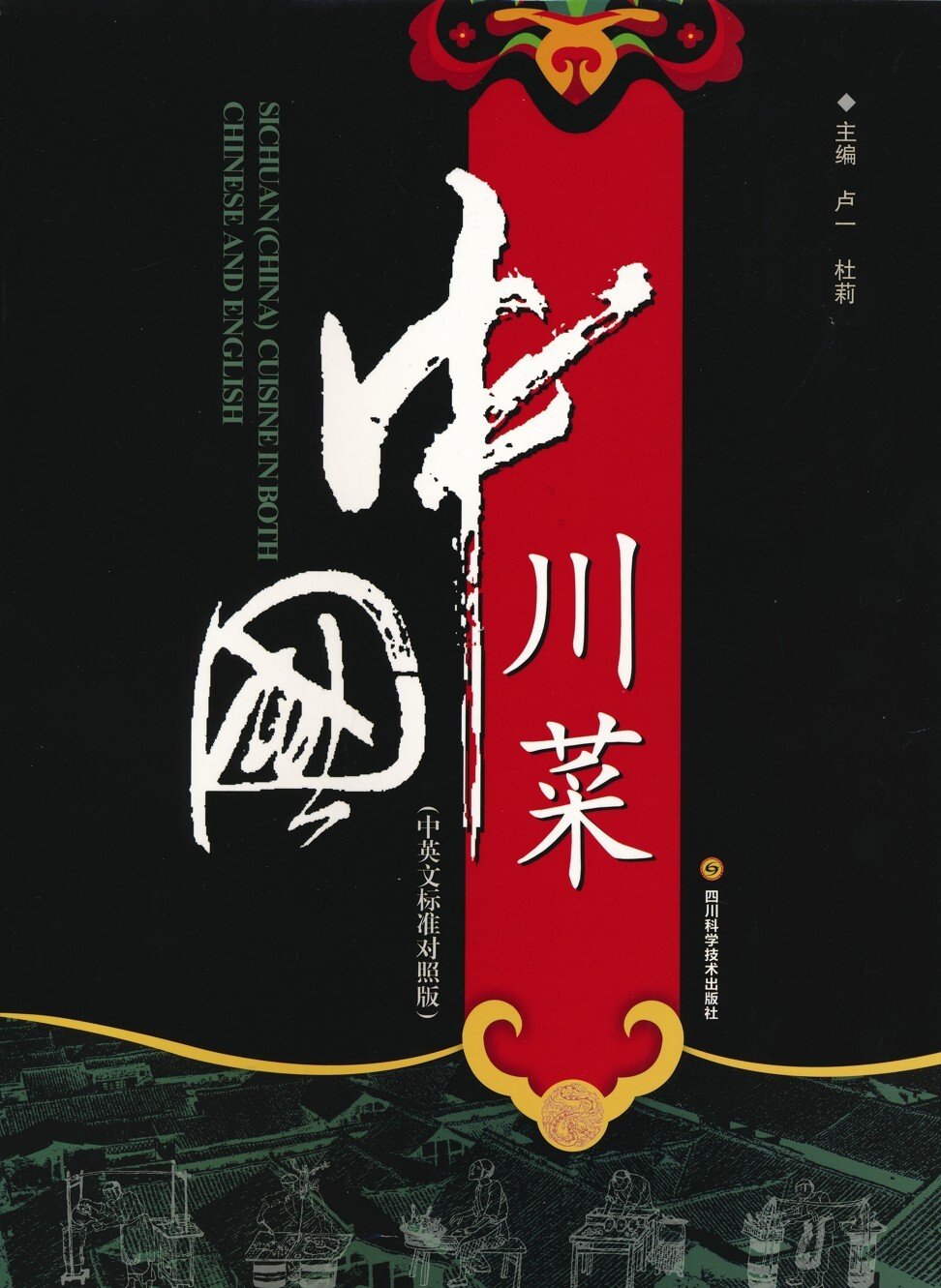
Classic Sichuan dishes even English speakers can master, with a little help from British cookbook author Fuchsia Dunlop
- Sichuan (China) Cuisine in Both Chinese and English goes to great lengths to present a comprehensive guide to the Chinese region’s fiery, numbing food
- Recipes inside include mapo tofu, dan dan noodles, tea-smoked duck and asparagus lettuce with sesame paste
I love the prosaic title of Sichuan (China) Cuisine in Both Chinese and English (2010), which is – you guessed it – about Sichuan cuisine and written in English and simplified Chinese. The book is a joint effort by the Sichuan Higher Institute of Cuisine and the Sichuan Gourmet Association.
In the introduction, the authors detail the work involved in the book’s production. First, they had to figure out what constituted the classic Sichuan dishes. They polled “culinary culture experts, masters of Sichuan cuisine, gourmets and other specialists” and asked them to suggest dishes, the resulting list was published in newspapers and on the internet, and the public was asked to vote. The list was narrowed down to 180 dishes.
They write: “The Sichuan Cuisine Development Research Centre of Sichuan Higher Institute of Cuisine then started with the Chinese version by assigning the dishes to different experts and asking them to compile preparation processes and features of each and to provide background information if necessary.
“Masters of Sichuan cuisine and teachers at the Institute were responsible for the cooking and shooting of these dishes. Meanwhile, teachers in the foreign language department of the institute took up the English translations.”

These proved difficult because many English speakers are not familiar with the cultural references in the names of some dishes, nor do they understand all of the cooking techniques (this is where Dunlop was able to help).
The recipes in the book show the diversity of the cuisine, which, despite its reputation for being fiery, isn’t just numbing (from Sichuan peppercorns) or spicy (from many types of chilli). There are recipes for many of Sichuan’s most famous dishes including mapo tofu, dan dan noodles, dry-fried French beans, laoma rabbit heads, asparagus lettuce with sesame paste, tea-smoked duck, twice-cooked pork and dongpo pork knuckle.
There are also more obscure dishes such as hot-and-spicy duck jaws, red-braised shell rims of Chinese turtle, chicken curd, deluxe yak paws, and tiger-skin pigeon eggs in fish-flavour sauce.

